The Galápagos Islands are a UNESCO site so unique that it was one of the first to be added to the World Heritage List in 1978. They turned out to be one of many highlights of my trip to Ecuador, a country that proved to be a revelation beginning with my arrival—and a too-brief stay—in Quito, the country’s gem of a colonial capital city. Unpacking at the beautifully restored Casa Gangotena on the Plaza San Francisco confirmed its acclaim as one of the continent’s finest boutique hotels, while a 2-night getaway at the contemporary Mashpi Lodge in the heart of dense cloud forest provided another unique adventure that was educational, eye-opening—and fun.
Getting to the equator-hugging “Enchanted Islands,” 600 miles from Ecuador’s mainland, used to take 3 days by boat until a weekly flight was introduced in the 1970s. Today there are 6 flights a day, most from (or connecting in) the mainland’s sprawling port city of Guayaquil. Some 180,000 visitors arrived in 2013, a staggering number—yet a mere fraction of the 1.17 million who flocked during the same time period to nearby Machu Picchu in Peru, arguably South America’s most visited site.
The Galápagos National Park, founded in 1959, was Ecuador’s first. Some 80 registered tourist boats with sleeping accommodations ply its pristine waters, each with a qualified naturalist guide for every 16 passengers; they supervise visits to the 145 designated visitor sites in the Galápagos approved by the park: 70 sites on land and 75 diving or snorkeling sites.
There are just 5 large “cruise” ships with a 90-100-passenger capacity (think Silversea and Celebrity) and a flotilla of smaller craft. A handsome example of the latter is the 90-foot Reina Silvia that sleeps from 12 to 16—large enough to accommodate Brad and Angelina and their growing family, who visited in 2012. I signed on with the 209-foot luxury La Pinta, one of the islands’ four medium-size boats. It comfortably accommodated 48 passengers, with a seasoned crew and three excellent naturalists, who ran a tight but fun ship and kept us all informed, educated, and amused. La Pinta is owned and seamlessly managed by Quito-based Metropolitan Touring, the country’s oldest and largest tour company and a veritable pioneer in organized tourism to the Galápagos. Some of my fellow passengers, predominantly American but representing all corners of the globe, were enjoying the full 2-week itinerary of two non-repeated back-to-back segments that brought them to some of the more distant of the 18 main islands and surrounding marine reserve, guaranteeing a wide variety of wildlife and geography and snorkeling possibilities. My segment was La Pinta’s 5-day cruise, which visited 5 islands and provided us with up-close-and-personal views of bizarrely tame blue-footed boobies, the only penguin species that lives north of the equator, playful and widespread sea lions, and land and marine iguanas galore.
In order to board our boat, I had flown into the new airport on the arid island of Baltra, a short bus ride and ferry-hop to the neighboring principal island of Santa Cruz, one of the archipelago’s 4 inhabited islands (and not within the national park’s boundaries). The majority of the archipelago’s 25,000 Galápagueños live off the thriving tourism industry, and about 20,000 live in Puerto Ayora, Santa Cruz, where our cruise—and most others—began and ended. This is also the location of the award-winning Finch Bay Eco Hotel where I happily spent 3 days at the end of our cruise. One never thinks of beautiful sandy beaches or resort getaways when thinking of the Galápagos, so the Finch Bay’s secluded location adjacent to a small, sparsely visited public beach came as a surprise (as did the excellent meals). It is by far the nicest waterfront property in the islands. Like La Pinta, it is smoothly managed by Metropolitan Touring, thus making “Land & Sea” arrangements (as well as mainland tours and extensions to Peru) a breeze.
Most Galápagos boats don’t accept children under 7 years old, and a handful of families with toddlers and young children clearly enjoyed the Finch Bay for its freshwater pool shared with the occasional gull or heron. We were an easy 5-minute water shuttle away from the busy waterfront town of Puerto Ayora and its animated strip lined with shops selling blue-footed boobie T-shirts, laid-back restaurants, and small condominium-looking hotels. There is also the chance to explore the island of Santa Cruz itself (by car or on foot); it is about 20 miles in diameter and a sanctuary for the aptly named giant tortoises—the prehistoric-looking symbol of the Galápagos and the world’s largest—that roam in its dense interior.
A highlight of our enjoyable stay was an afternoon spent on the outskirts of Puerto Ayora at the Charles Darwin Research Station, dedicated to the 26-year-old British naturalist who put these fabled islands on the map. A 5-week visit to this “living laboratory” in 1835 inspired his book On the Origin of Species, published in 1859, which revolutionized the way we would look at evolution forever.
A too-brief visit in his footsteps to these Enchanted Islands did much the same for me.

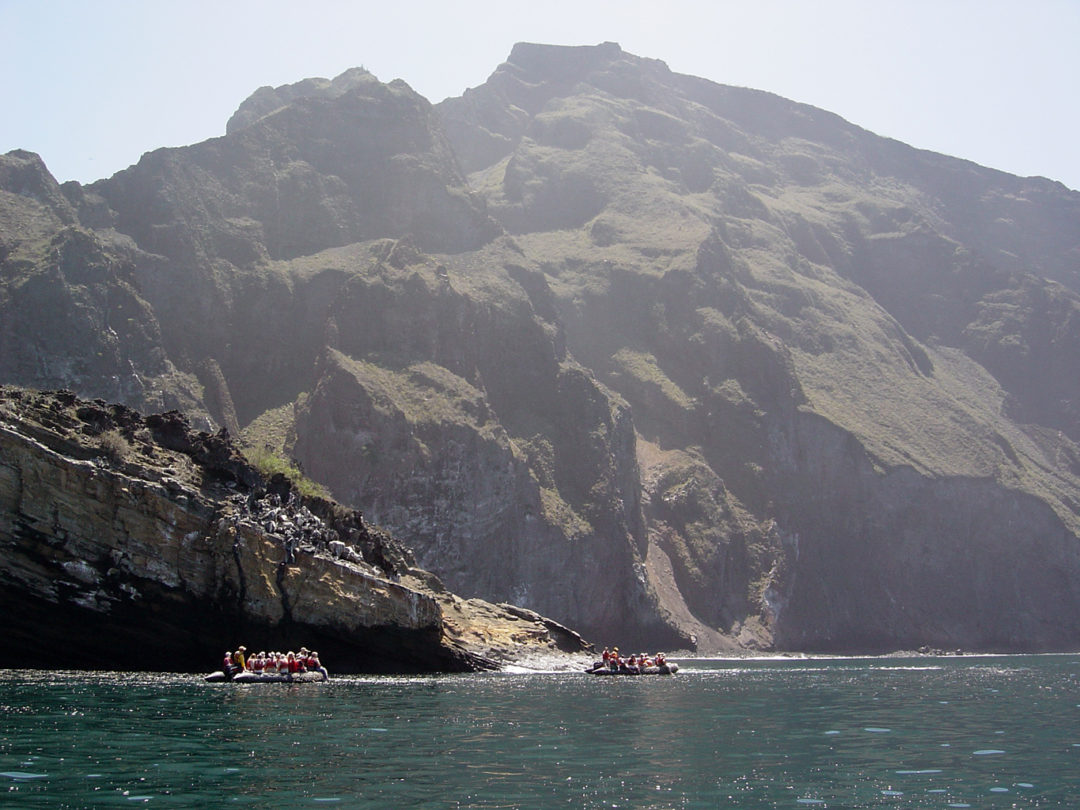
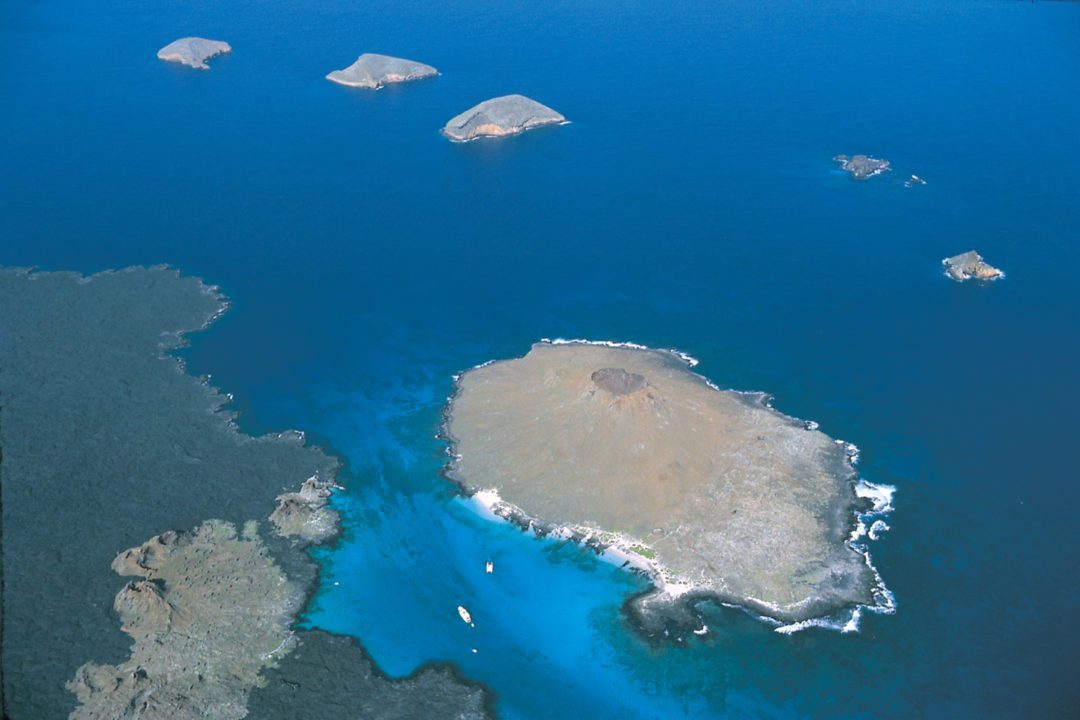
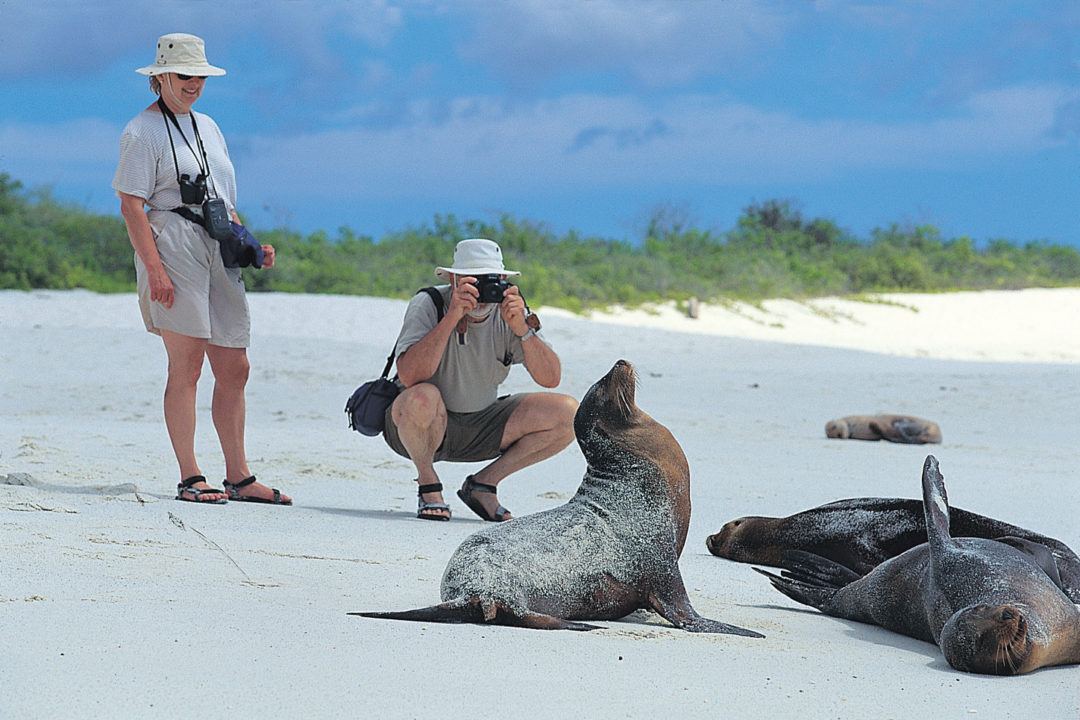
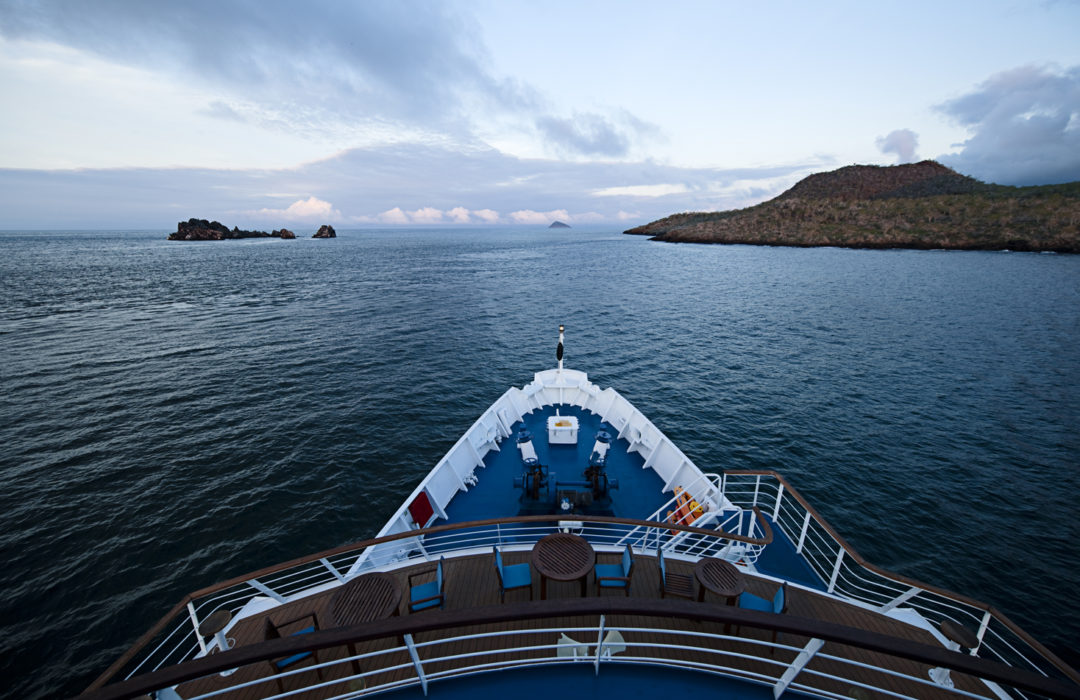
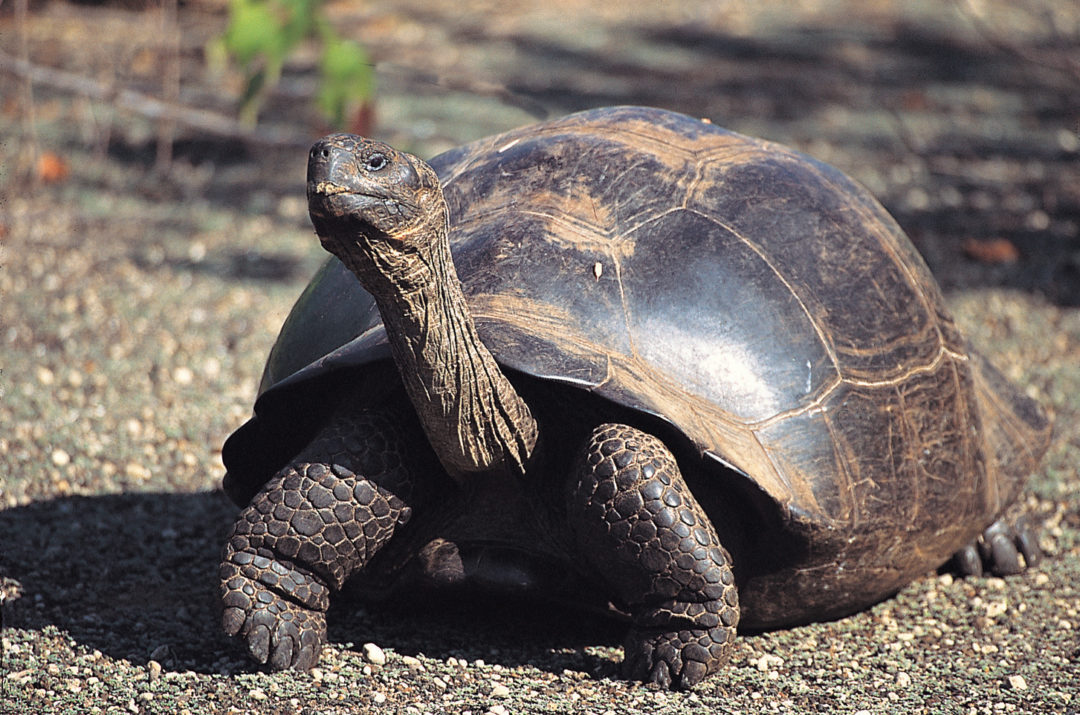

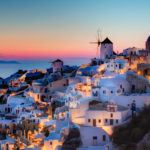
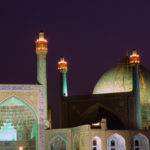
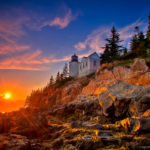
No Comments